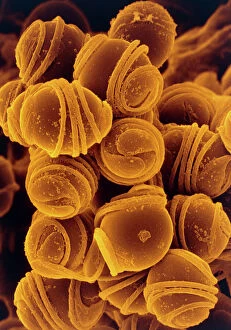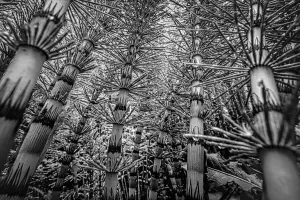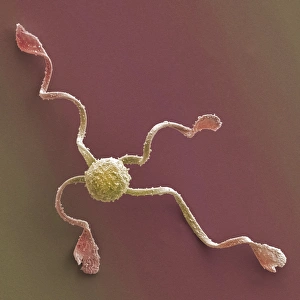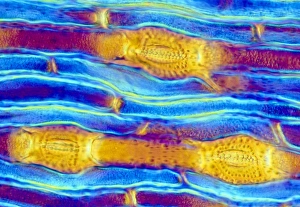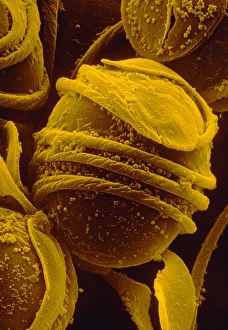Equisetum Arvense Collection
Equisetum arvense, commonly known as field horsetail or common horsetail, is a fascinating plant species
All Professionally Made to Order for Quick Shipping
Equisetum arvense, commonly known as field horsetail or common horsetail, is a fascinating plant species. Its spores, as seen under the scanning electron microscope (SEM), showcase intricate patterns and structures. These spores are responsible for the reproduction of this ancient plant. Found in various regions such as Bavaria, Germany and Washington State, USA, field horsetail thrives in diverse environments. In Germany's Kaiserstuhl region and Seabeck, Washington, dew drops delicately adorn the stems of these plants, creating a mesmerizing sight. Field horsetail has been documented throughout history by botanists like Leonhart Fuchs in his book 'De historia'. This further highlights its significance and interest among researchers and nature enthusiasts alike. In natural habitats like the Swamp trail of Tiger Mountain in Issaquah, Washington State, common horsetails can be spotted alongside other wildflowers including dandelions and rough sowthistles. The barren shoots of this plant add an intriguing element to the surrounding landscape. Not only does field horsetail contribute to the beauty of its surroundings but it also plays a vital role within ecosystems. It provides habitat for various organisms while serving as an indicator species for wetland health. The resilience and adaptability make it a remarkable botanical specimen worth exploring further. Whether observing its SEM images or encountering it firsthand on nature trails around the world; this ancient plant never fails to captivate with its unique characteristics.


